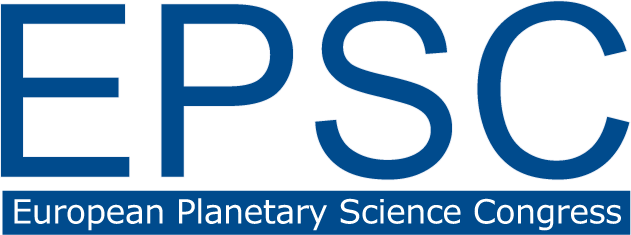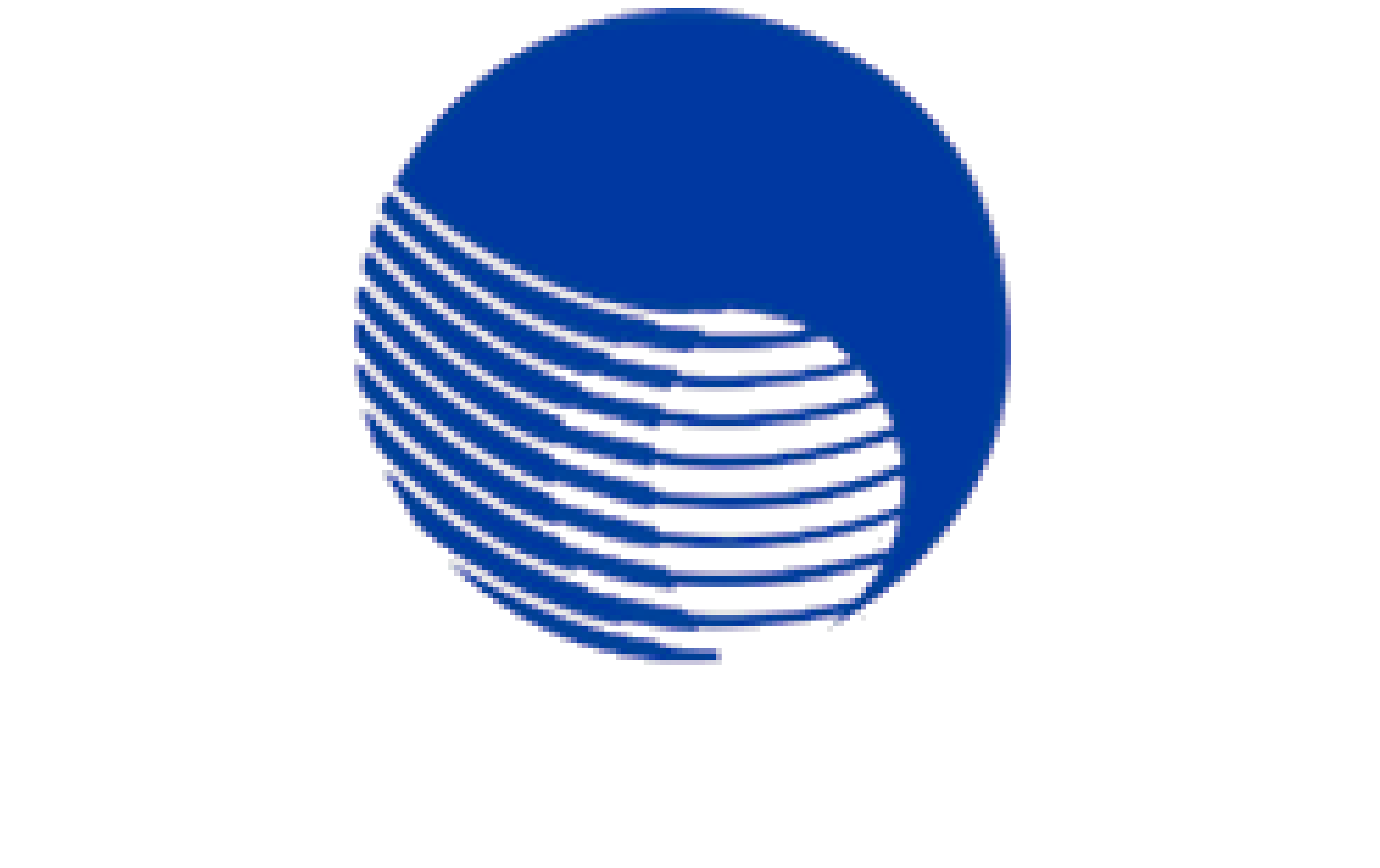Session programme
TP – Terrestrial Planets
Programme group coordinators: Gabriele Cremonese, Lena Noack, Ganna Portyankina, Jordan Steckloff
TP-II – Moon, Mercury and Venus
TP5
TP6
EXO18
Co-organized as TP7/OPS10/SB12
TP8
Convener:
Johannes Benkhoff
|
Co-conveners:
Paul Byrne,
Nancy Chabot,
Hauke Hussmann,
Alice Lucchetti,
Go Murakami,
Joana S. Oliveira,
Joe Zender
TP9
Co-organized as MIT5


